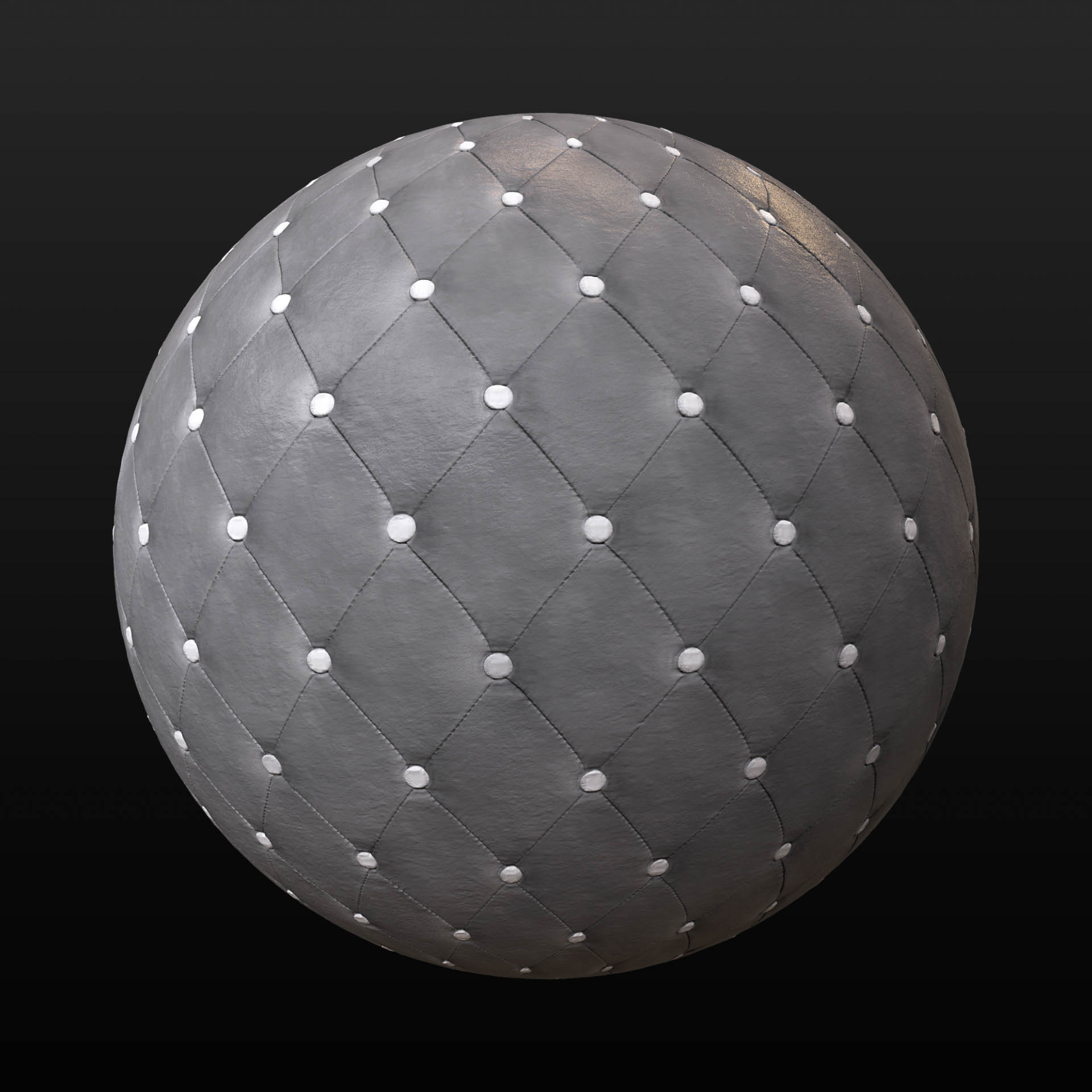

Many 3d applications these days allow you to input actual IOR values in order to achieve a more accurate representation of surfaces during rendering of your 3d models. Over the years I have been collecting IOR (Index of Refraction) values I can find for use in 3d rendering applications. Notably, the original Octane BRDF does not adhere to this criteria only the GGX, Ward, or Beckmann BRDF types do.Index of Refraction values (IOR) - For use with 3d modeling / rendering and animation applications As shown below, the surface almost exhibits diffuse qualities even at extreme values. This explains why, as the lobe gets bigger, it tends to get darker. In other words, upon reflection, the entering light is more widely diffused, which results in energy loss. In BRDFs that produce physical effects, this value behaves in accordance with the rule of conservation of energy. Computer jargon refers to this as “reflection blur”.

The blur and surface appearance increase with the size of the specular lobes. Due of its roughness, the resulting lobe produces a blurring effect. The difference between the light’s exit angle and specular direction determines the shape of this lobe. In order to reflect light, specular surfaces typically produce a light lobe in the direction of the specular reflection. For extremely smooth surfaces, low values of roughness (0.001, for instance) will result in a more realistic outcome. Although 0.0 is the default roughness value, using this value to simulate any real-world surface is unrealistic because nothing is completely smooth. To mimic how smooth a surface is, the roughness parameter is used.


 0 kommentar(er)
0 kommentar(er)
